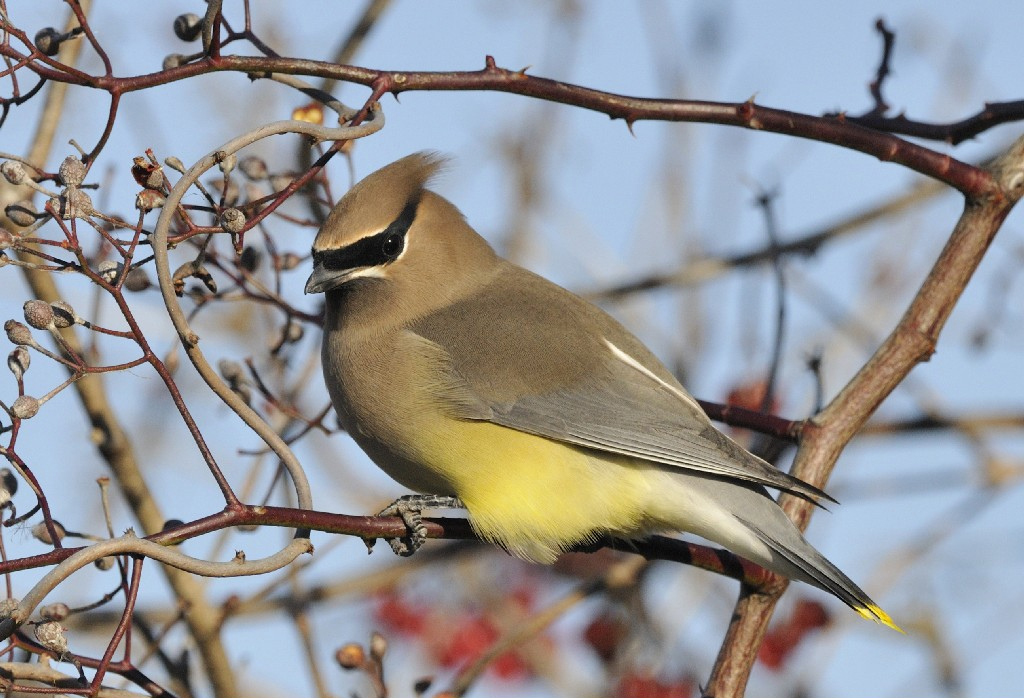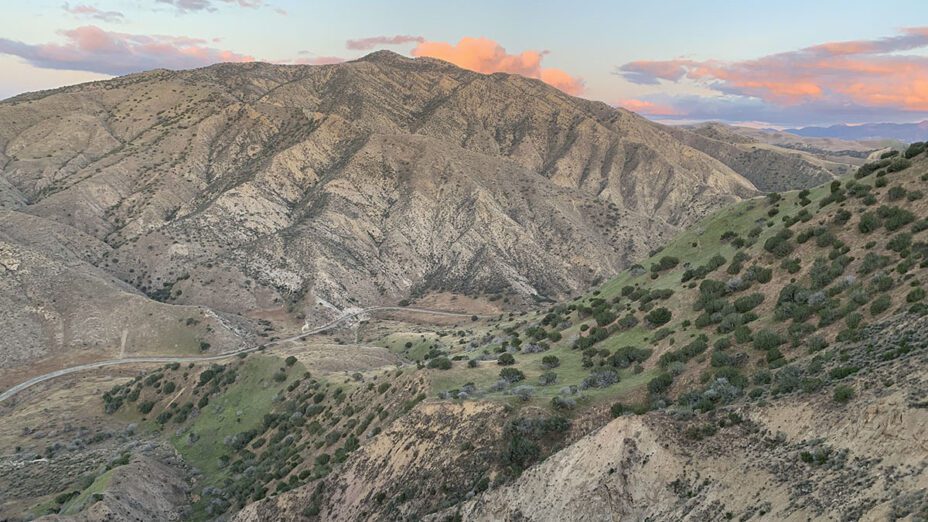
Located south of Tracy and west of the town of Patterson, Del Puerto Canyon is a unique part of the Diablo Range. Visitors to the area enter a special place, a thriving wildlife habitat.
Highway 130 starts in San Jose, and crosses Mount Hamilton to the San Antonio Valley. At the north end of the valley, at the “junction” with Livermore’s Mines Road, Highway 130 drops 2000 feet down 22-mile Del Puerto Canyon.
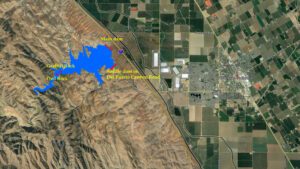
A proposed reservoir is located on critical habitat in the Del Puerto Canyon.
Del Puerto Canyon is “the door” from Santa Clara County into Stanislaus County, to Patterson and the Central Valley. You can most easily reach it from Patterson, on Highway 5, but the routes from Livermore and San Jose are spectacular.
It’s an incredibly steep, rugged, rocky landscape, and it’s often hot, windy and very dry—except for the green thread of Del Puerto Creek at the bottom of the steep canyon. After passing through Frank Raines Regional Park, the creek flattens out more, the creek becomes sinuous, and the canyon widens.

Butterfly mariposa lily in Del Puerto Canyon. Photo: Floyd McCluhan
In the descent, it transitions from oak woodland with willows along the creek, to grassland with fewer trees except for the sycamores and cottonwoods in the riparian corridor.
That blue-green thread of a creek, easily accessed by the neighboring road and dropping through the arid northern Diablo Range, attracts huge numbers of birds.
Over the years, Save Mount Diablo has hosted numerous Discover Diablo hikes and other experiences within Del Puerto Canyon to give people an opportunity to experience this magnificent landscape.

Springtime poppies in Del Puerto Canyon. Photo: Sean Burke
At our science colloquium a few years ago, a researcher from Cal State Stanislaus mentioned that there was a proposal to drown the bottom three miles of the canyon. The proposal is to create an agricultural reservoir—basically to grow more almonds.
As Save Mount Diablo expanded our geographic area south, we got involved with Patterson residents in the reservoir legal fight, and last year helped stall the project.
The coalition that we supported succeeded in their legal challenge to the project, and now there must be a new environmental impact report prepared if it is to move forward. That’s definitely possible, and we continue to stay engaged.
In 2021 and 2022, our yearly BioBlitzes (focused for three years on the footprint of the 396,000-acre August 2020 SCU fires) uncovered an incredible amount of biodiversity within this area. We’ll be back April 15 to 29 for a third and final year.
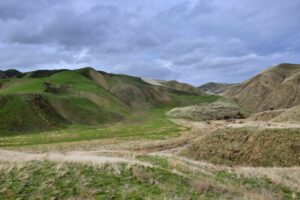
Del Puerto Canyon in winter. Photo: Al Johnson
The serpentine soil of the Del Puerto Canyon supports a considerable number of rare species that would be difficult to spot elsewhere—it is truly a distinctive and unforgettable part of the vast Diablo Range.
It wouldn’t be an exaggeration to say that Del Puerto Canyon is a birder’s paradise, with nearly 200 species recorded on eBird.
It gives visitors a unique chance to spot species that are more typical of ecosystems further south, species that can’t easily be found elsewhere in northern California.
Want to know what types of birds you can expect to find in Del Puerto Canyon? Break out your binoculars, because here are 10 of the diverse and varied species that you can find in the area.
Some live in Del Puerto year-round, but many are also migratory, flying south to pass the winter and returning in the spring to breed.
1. Greater Roadrunner
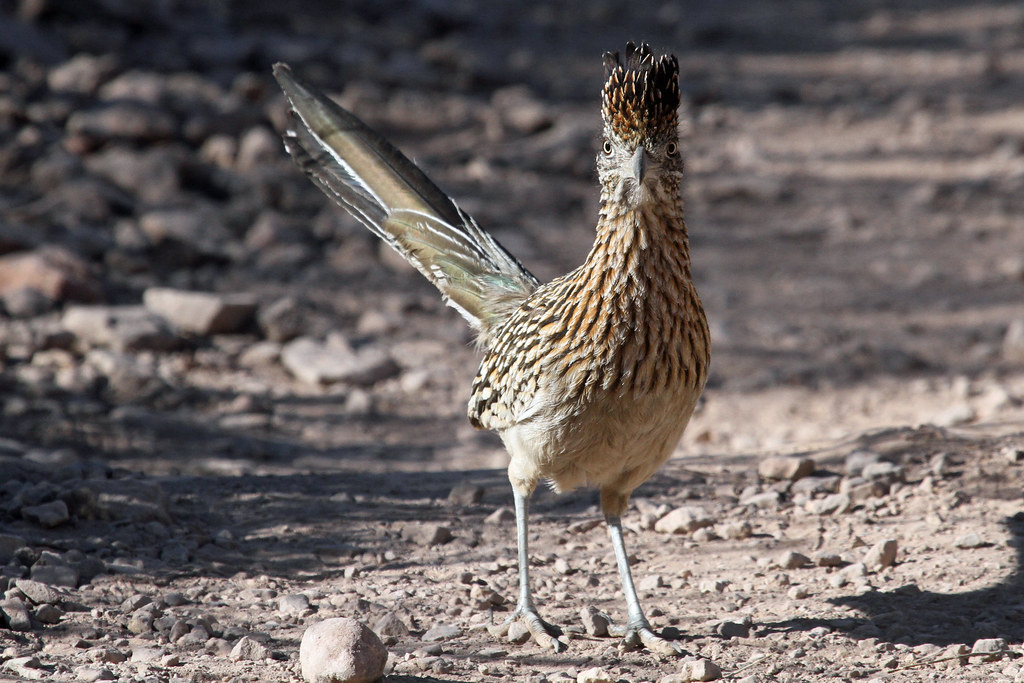
Photo: Greg Schechter / CC BY
Dashing across the ground on spindly legs, there’s no mistaking the greater roadrunner. This bird can be seen searching for reptiles, large insects, and other prey in dry desert habitats like Del Puerto Canyon and much of the southern Diablo Range.
2. California Quail
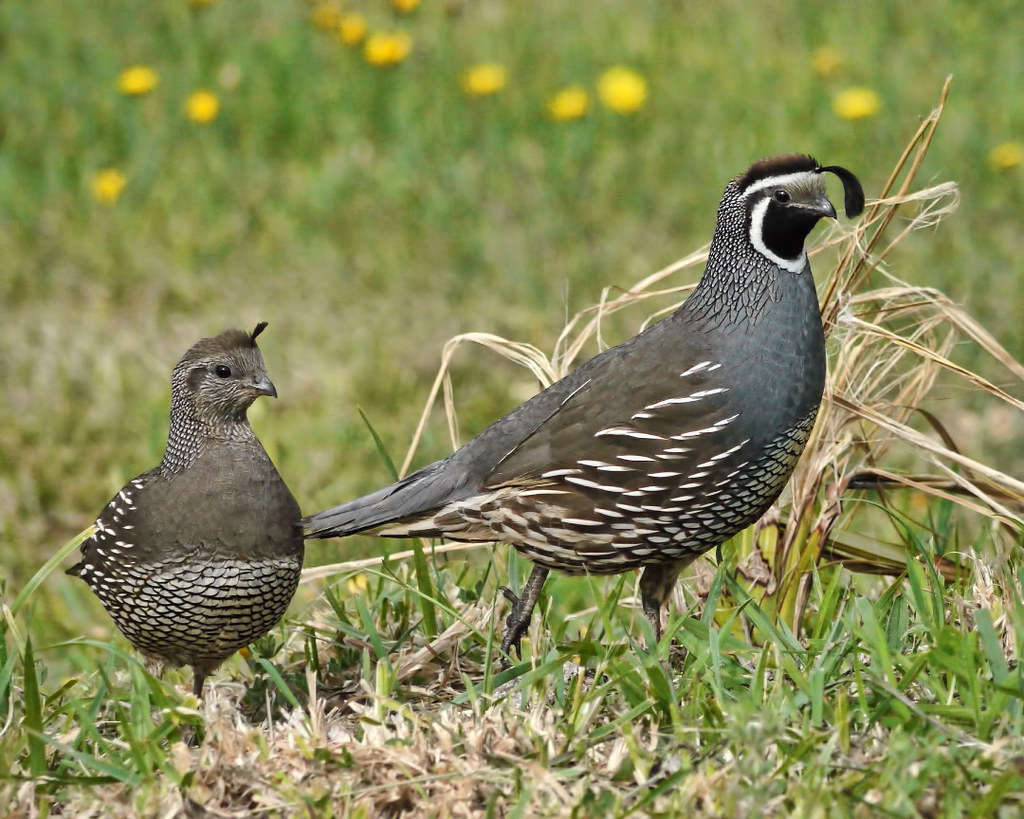
Photo: Sid Mosdell / CC BY
Visitors to Del Puerto Canyon have a good chance of seeing the California quail strutting around its rocky habitat. One of California’s most iconic birds, it can often be seen parading across the dirt in groups.
3. Killdeer
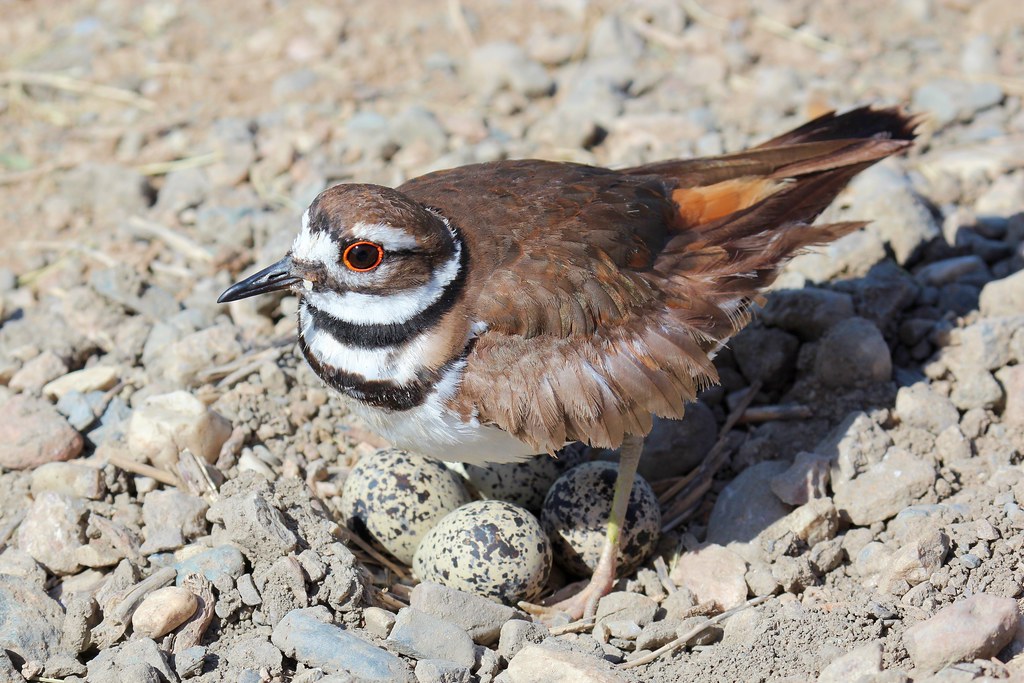
Photo: USFWS Mountain Prairie / CC BY
You’ll hear this bird before you see it! Though this species is known to be found near the shore, it can also be found in areas like Del Puerto Canyon. The killdeer can be identified by its loud shrill calls and distinctive white striped face.
4. Barn Owl
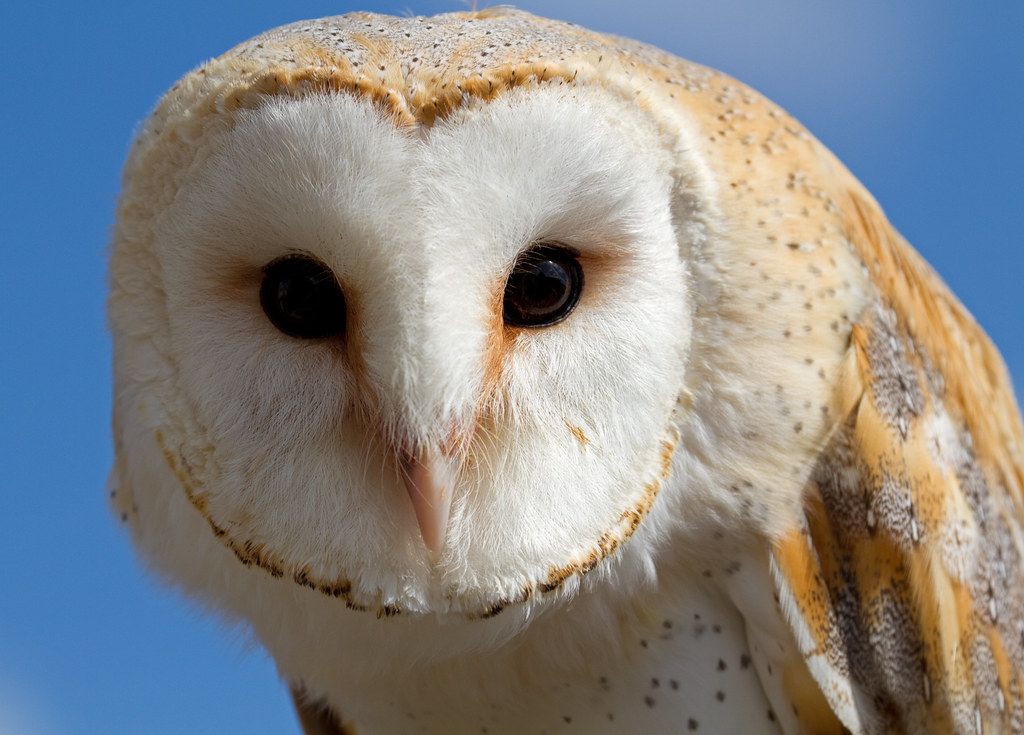
Photo: Tony Hisgett / CC BY
That’s right, Del Puerto Canyon has barn owls! Even if you can’t see them, you’ll be able to hear their calls at night.
5. Red-Shouldered Hawk
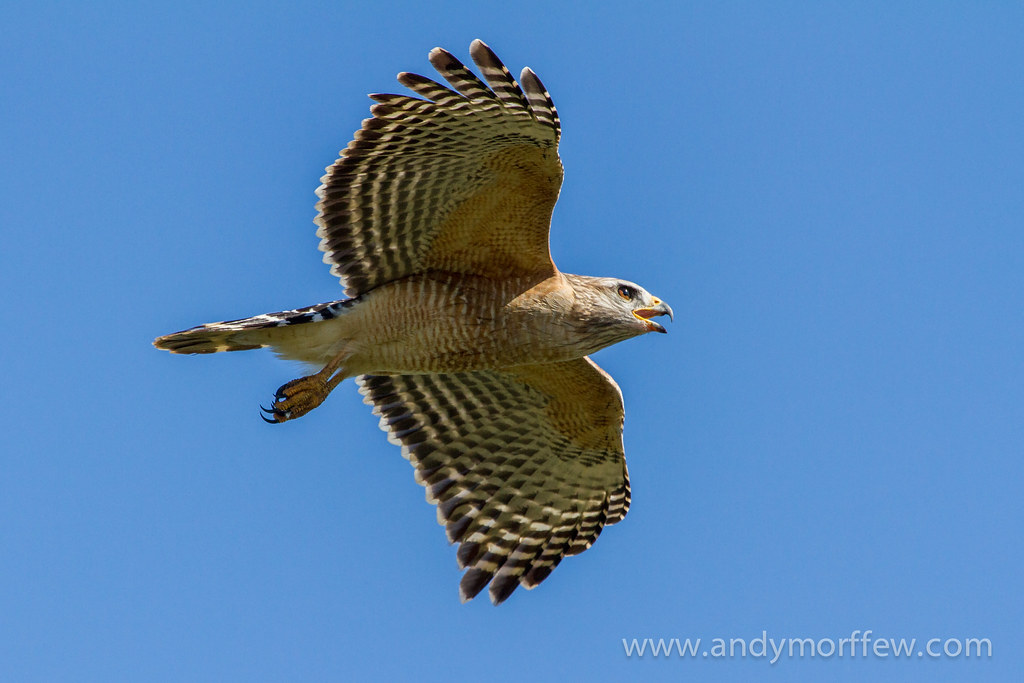
Photo: Andy Morffew / CC BY
Although most of this raptor’s range spans throughout the eastern US, it lives in parts of California, and can be seen in Del Puerto Canyon!
6. Bushtit
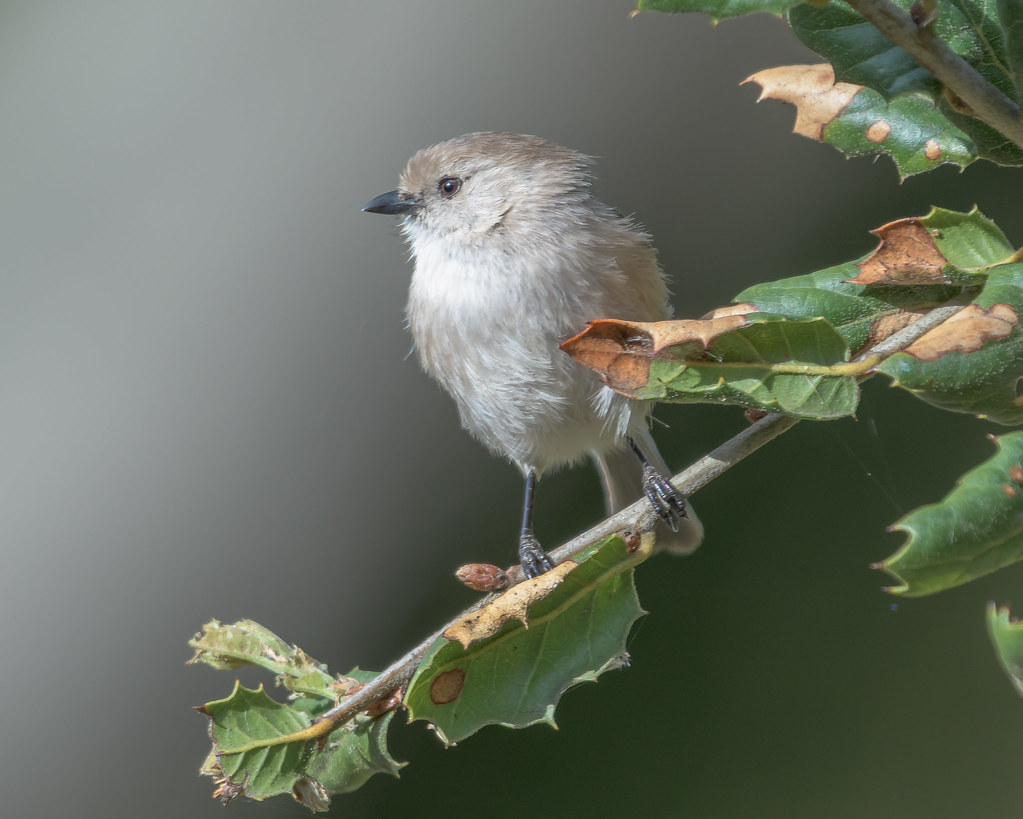
Photo: Becky Matsubara / CC BY
With a range that stretches from British Colombia to Guatemala, this little bird has a big presence. It’s constantly moving in large flocks, appearing to move as a swarm through the sky.
7. Rufous-Crowned Sparrow
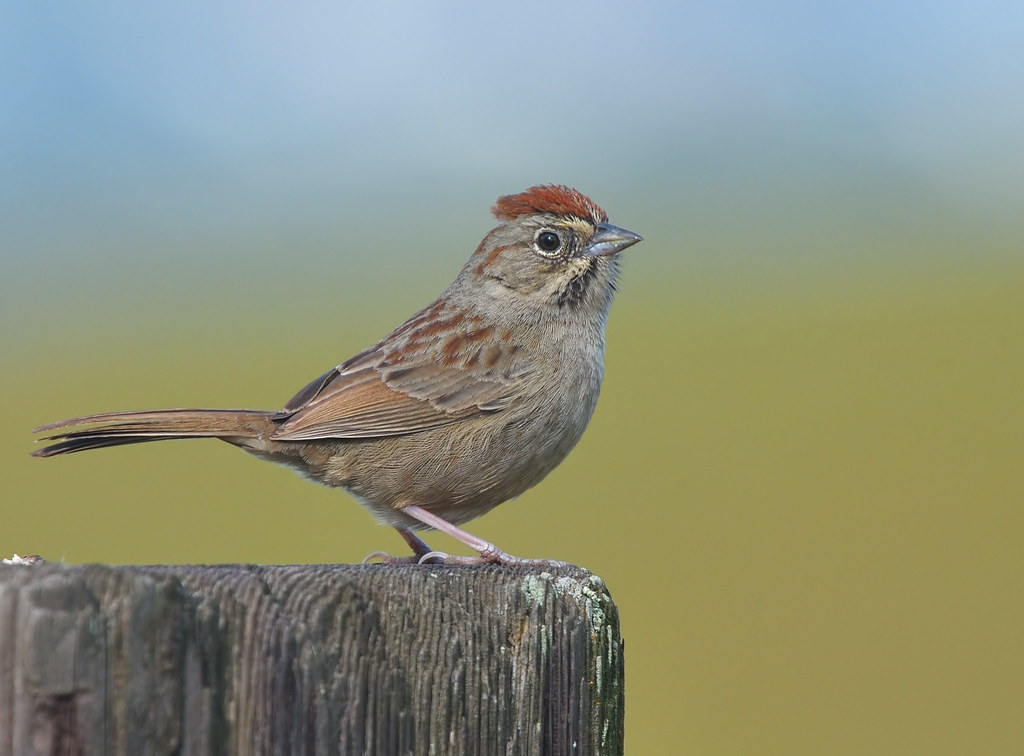
Photo: Jerry Ting
This bird may be small, but it isn’t shy. If separated from its group or alarmed, it will let out a sharp and loud call. It can usually be found searching for insects and seeds in low scrub bushes.
8. Cedar Waxwing
These round, yellow-bellied birds are always a delight to spot in the wild. They can often be seen gathering in flocks in fruiting shrubs and trees.
9. Rough-Legged Hawk
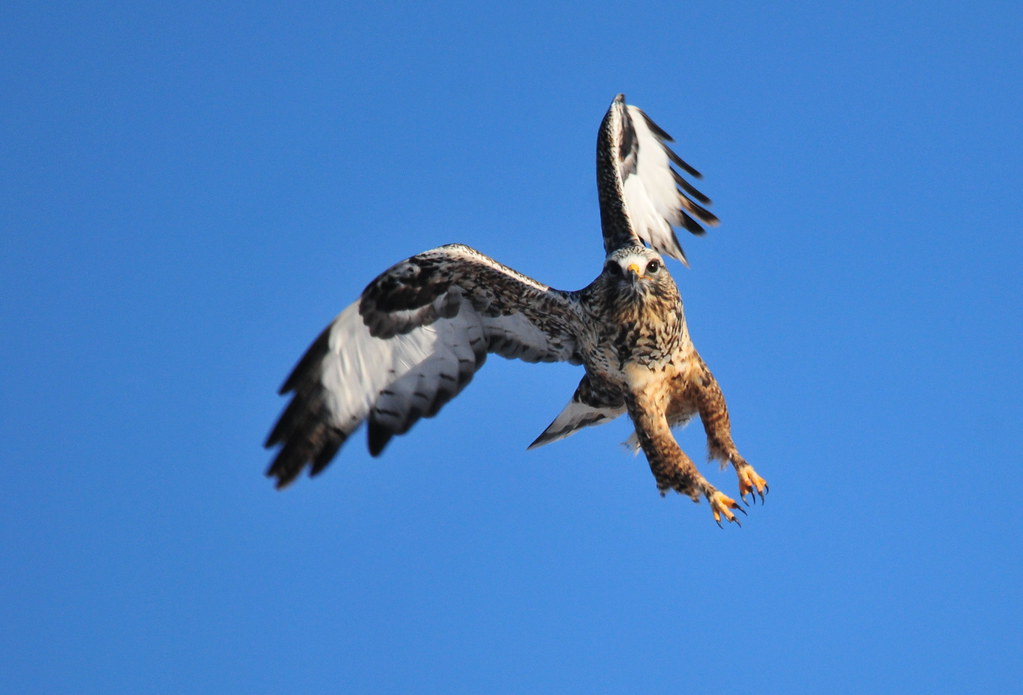
Photo: USFWS Mountain Prairie / CC BY
In the winter, this bird will migrate south to California from its cold home in the arctic tundra. It can be found over the dry chaparral habitats of Del Puerto Valley, searching for small rodents.
In the winter, this raptor will steal freshly killed prey from other raptors, often grabbing it right from the talons of the other.
10. Pine Siskin
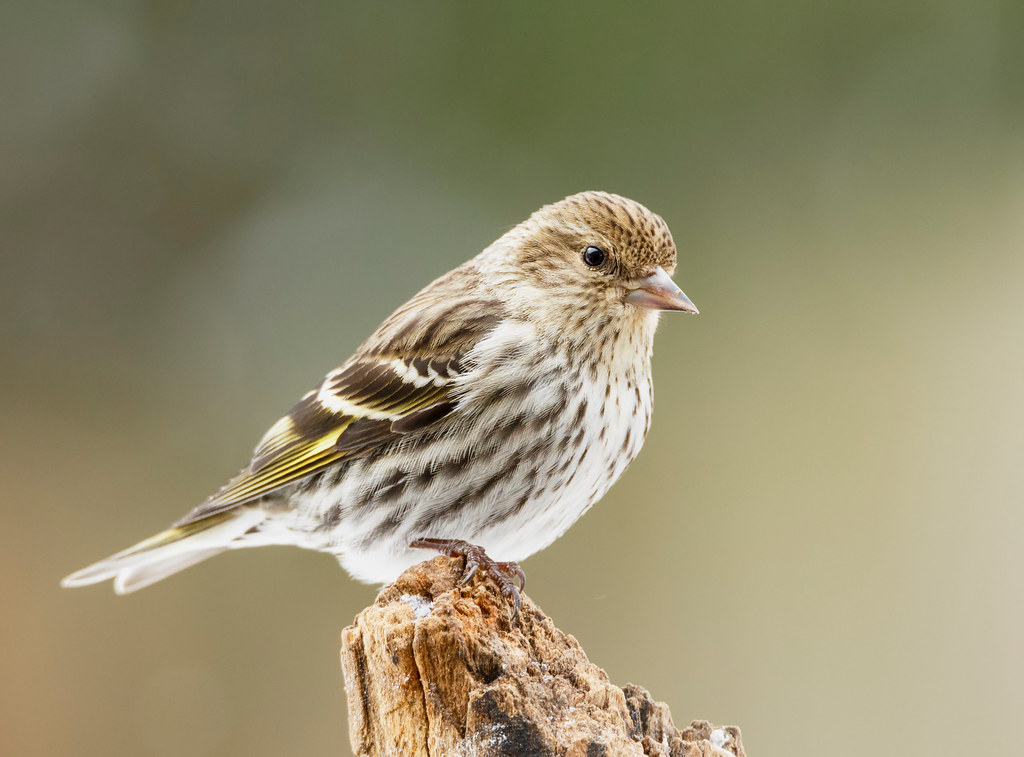
Photo: ShenandoahNPS
In the winter, this species can be spotted foraging for seeds in the Del Puerto Canyon area. The pine siskin migrates to areas like Del Puerto Canyon in the winter, where it can be seen in large flocks.
Top photo: Haley Sutton
